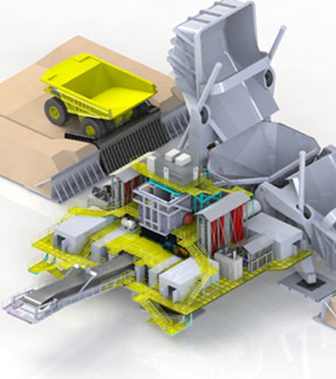Highlights:
- Learn ways that system-level modeling saved companies time and reduced their design risk
- See how a leading mining company was able to use system-level modeling to rule out design flaws before production
- Understand the insight possible with a system-level model that traditional methods can’t provide

Engineers across all industries and disciplines are often limited by their lack of modern design tools, but making a change can be difficult. Innovating using traditional processes always comes with a cost, and it’s all too easy to focus on the cost of change instead of the opportunities, however substantial.
The high demands placed on engineering teams are requiring new technologies and tools that can help turn out higher quality products with fewer costly, late-stage design changes. Many engineers are familiar with some modeling techniques such as CAD or FEA, but they have yet to embrace a system-level modeling approach to analyze the dynamics of their entire design in a fully integrated way. The benefits that system-level modeling offer can be substantial, but they require engineers to make a change to their workflow. And, deciding on new technologies can be difficult when the return on investment is hard to measure.
At Maplesoft, we’ve worked with many companies who have been in this position. In this whitepaper, you’ll learn the basics of system-level modeling through companies who took their first step with this new technology, and realized its value after a single project.


